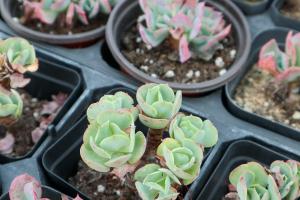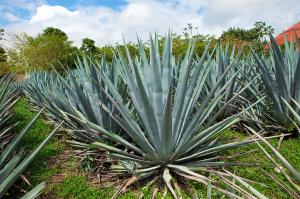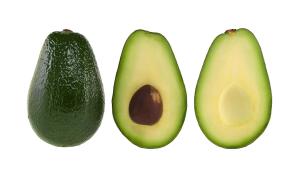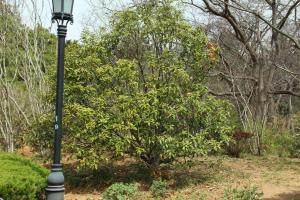Why Were Yew Trees Planted in Churchyards?
Yew trees are a common sight in churchyards all over Britain. These evergreen trees can live for over a thousand years and have long been associated with Christianity. But why were they planted in churchyards in the first place?
The Symbolic Significance of Yew Trees
Yew trees have been associated with death and resurrection for thousands of years. The ancient Celts believed that yew trees were sacred and represented everlasting life. The early Christians adopted this symbolism and planted yew trees in churchyards to represent the hope of eternal life after death. The yew tree was seen as a symbol of immortality and resurrection.
The Medicinal Properties of Yew Trees
Yew trees have long been used for their medicinal properties. The bark and leaves contain a substance called taxol, which is used in chemotherapy to treat cancer. In medieval times, yew tree bark was used to treat a range of ailments, including fevers and rheumatism. The leaves were also used to make a tonic to improve digestion. It is believed that yew trees were planted in churchyards because they were considered to have healing properties. People would gather yew leaves and bark to make medicinal remedies.
The Practical Use of Yew Trees in Churchyards
Aside from their symbolic and medicinal significance, yew trees were also planted in churchyards for practical reasons. Yew wood is hard and durable, and was used to make longbows in medieval times. The church could harvest the yew wood to make weapons for the archers in the village. In addition, yew trees were often used to make furniture and other household items. The church could use the yew wood to make benches, pews, and other furniture for the church.
The Spiritual Significance of Yew Trees
In addition to their symbolic and practical significance, yew trees were also viewed as spiritually significant. The dense foliage of the yew tree was seen as a protective barrier against evil spirits. The churchyard was considered a sacred space, and the yew trees served as guardians of that space. Yew trees were often planted around the perimeter of the churchyard to create a sacred enclosure.
The Enduring Legacy of Yew Trees in Churchyards
Today, yew trees continue to be planted in churchyards all over Britain. They are a symbol of the enduring legacy of the Christian faith and a reminder of the hope of eternal life after death. The use of yew trees in churchyards dates back to ancient times, and their significance has evolved over time. They are a testament to the rich history and traditions of the Christian faith in Britain.

 how many times do yo...
how many times do yo... how many planted tre...
how many planted tre... how many pine trees ...
how many pine trees ... how many pecan trees...
how many pecan trees... how many plants comp...
how many plants comp... how many plants can ...
how many plants can ... how many plants and ...
how many plants and ... how many pepper plan...
how many pepper plan...
































